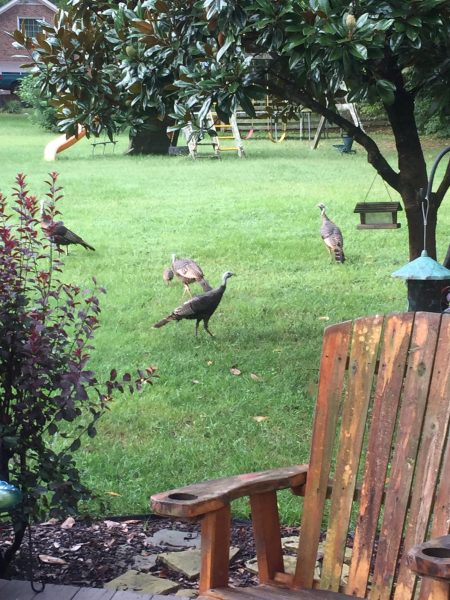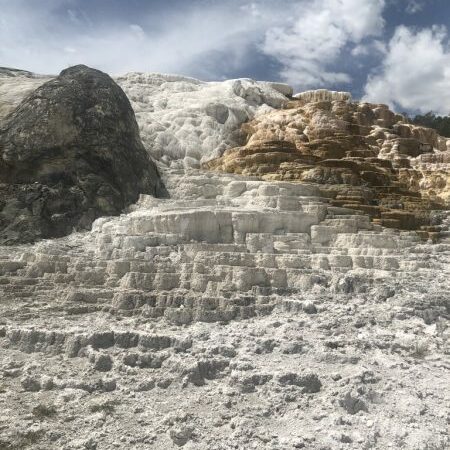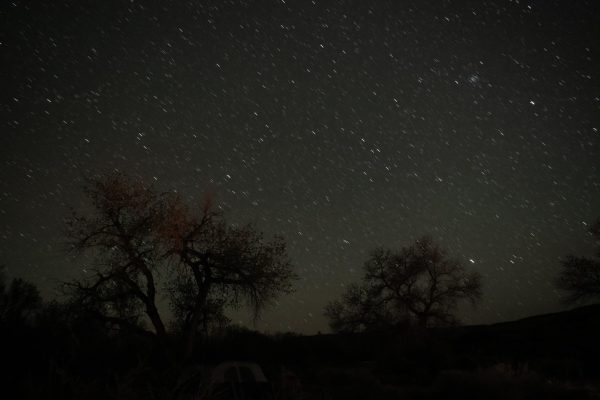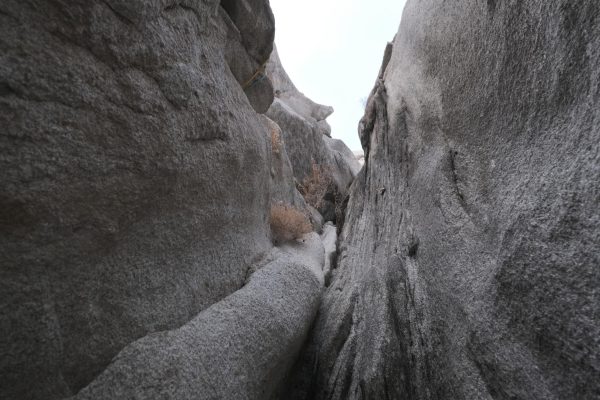Feathers and Feces
Every year, during Thanksgiving season, millions of families in America gather around the dinner table for one reason: to eat their body weight’s worth of delicious food. Feasts featuring classics like mashed potatoes, green bean casserole, cranberry sauce, sweet potatoes, stuffing—you name it—are shared by families across the United States. And, of course, you can’t forget the prized poultry. The fabled fowl. The beloved bird. America’s most historic avifauna: the turkey. Each year, Americans eat around 46 million turkeys in just one day (estimated by the USDA). That is 21 percent of the total amount of turkeys produced in the United States gone in a single, glorious meal. So, during this time of gorging and gratitude, I thought I would give my thanks—and condemnation—to turkeys across the United States. Or, more specifically, to their poop.
Turkey poop has the potential to have vast effects on the environment. It’s almost hard to believe how something as small and seemingly insignificant as a pile of dung can have such an impact. When you consider the reality, however, it all makes sense: the piles of fecal matter that accumulate on the average industrialized turkey operation aren’t small at all—they’re enormous. In fact, between 625 and 938 million metric tons of poop are generated by the turkey industry every year. Whether the environmental implications of this level of excrement are positive, or negative is entirely dependent on how it is handled.
Used properly, turkey dung is an incredibly valuable natural fertilizer. It’s an amazing source of phosphorus and nitrogen, both of which are key nutrients for plants. In fact, turkeys outperform every other form of livestock in this regard. Furthermore, turkey excrement is chock full of important organic matter that improves soil’s water-holding capacity and infiltration. This helps it absorb and retain water more effectively. Now that’s some impressive poop!
Used improperly, however, the things that make turkey poop so great are the very things that cause its downsides. Unlike artificial fertilizers, turkey manure has fixed nutrient ratios, meaning the phosphorus and nitrogen levels can’t be adjusted to meet a crop’s specific needs. If turkey manure is applied to meet the nitrogen needs of a crop, it will add too much phosphorus. This isn’t a horrible problem in small quantities, but at the industrial scale of modern agriculture, it can create serious issues. Excess phosphorus in soil can easily be washed away by rain. And where does it all go?
Local waterways bear the brunt of nutrient runoff from farms. This causes a chain reaction that can be incredibly detrimental to aquatic life and water quality. You see, the same nutrients that foster growth in crops on a farm also stimulate algae growth in water. Excess levels of these nutrients—nitrogen and phosphorus, in particular—can lead to a destructive boom in aquatic plant life, called algal blooms. This process, known as eutrophication, results in depleted oxygen levels and, by extension, the widespread death of aquatic wildlife in the affected areas.

This issue can be caused by artificial fertilizer use, as well—gosh, that’s a whole other can of worms—but my point is: to retain the benefits of turkey poop as a fertilization agent, it must be handled properly. In some cases, this even means combining turkey manure and artificial nitrogen fertilizers. With this marriage of the two substances, farmers can apply turkey manure to match a crop’s phosphorus needs and then supplement it with commercial nitrogen to balance the nutrient levels. This practice could also reduce our reliance on artificial nitrogen fertilizers.
Despite these downsides, the value of this fowl’s fecality extends beyond the farm. Researchers have found that, rather than being spread as fertilizer or dumped in a landfill, turkey poop can serve a different—surprisingly combustive—purpose. Its high levels of carbon and nitrogen make turkey waste a potential renewable source of energy.
An NPR article has chronicled the two methods for transforming turkey dung into a burnable energy source. The first, and less efficient, of the two processes involves heating the poop at a temperature of 842 degrees Fahrenheit, without oxygen. This dries it out and makes it into a coal-like substance called biochar. Extracting water in this way requires a lot of energy, however. So, researchers tested a second strategy—burning it wet. In this process, the temperature is lowered to 482 degrees Fahrenheit, and the pressure is increased. This turns the poop into a stew of biomass and water called hydrochar. The particles of biomass in this brew are be made into a coal-like powder, and the rest of the liquid is repurposed as fertilizer. The scientists estimated that this renewable source of energy could replace about ten percent of the coal used in electricity generation, reducing greenhouse gas emissions. Now that is some impressive poop!
At this point, you might be wondering, “Why the hell does this guy like talking about poop so much?” Honestly, I don’t know—but I could keep going if you’re interested. Maybe it’s the idea that something commonly dismissed as waste has the potential to be so useful—and so detrimental. Maybe it’s the thought that even the fundamentally natural process of relieving one’s bowels can take on such significance thanks to human interference. Or maybe I’m just immature and think that poop is funny—which, let’s be honest, is completely true.
Whatever it is, I hope this article may have given you a new perspective on a seemingly unremarkable part of nature. Sharing tidbits like this is vital to sparking general interest in the environment. And when practiced on a large scale, it could have a major impact on the way our society views issues like climate change and biodiversity loss. So, when you’re with family and friends during this time of year, share something you find interesting about the environment. It can be anything. You can even take the information from this article and talk about turkey poop, you filthy freeloader.
The post Feathers and Feces appeared first on Wasatch Magazine.






